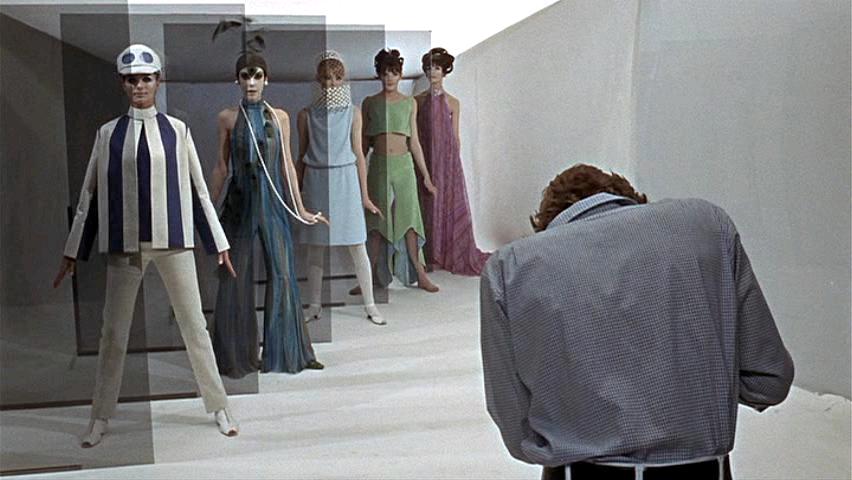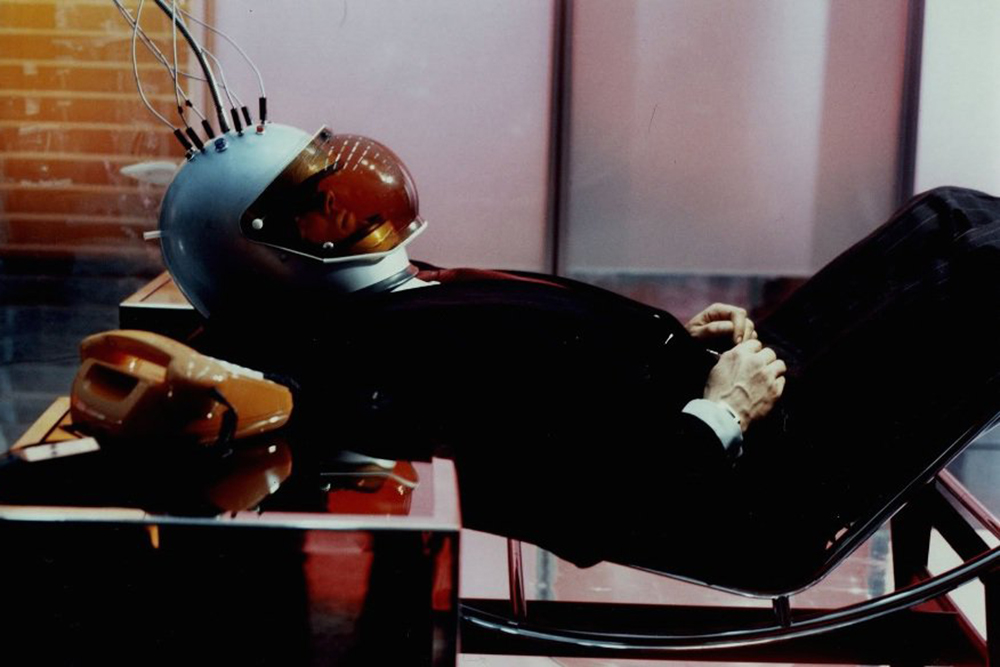This semester I’ve been teaching a new course on “The City in Film” in MIT’s Department of Urban Studies and Planning. As the syllabus describes:
Using film as a lens to explore and interpret various aspects of the urban experience in both the U.S. and abroad, this course presents a survey of important developments in urbanism from 1900 to the present day, including changes in technology, bureaucracy, and industrialization; immigration and national identity; race, class, gender, and economic inequality; politics, conformity, and urban anomie; planning, development, private property, displacement, sprawl, environmental degradation, and suburbanization; and more.
My plan is to vary the films shown in the course from year to year, but to always include a balance of classics from the history of film, an occasional experimental or avant-garde film, and a number of more recent, mainstream movies. This year’s lineup includes the obligatory (and excellent) METROPOLIS, an NYC romp in ON THE TOWN, a touch of photo-realistic noir in THE NAKED CITY, some psycho-geographic dérive in LONDON, and much more — 13 films in all.
To help liven the class up a bit (as if all these great city films isn’t enough!), and also to help us all keep the films straight, I’ve challenged the class to come up with limericks for each film — so called “filmericks.” Here’s what I came up with for the first three films:
METROPOLIS (Fritz Lang, 1926)
Joh Frederson’s city is smart,
The brains tell the brawn when to start.
But inspired by Hel,
The workers rebel:
The HEAD and the HANDS need a HEART.
BERLIN: SYMPHONY OF A CITY (Walther Ruttman, 1927)
Made from hundreds of meters of stock,
And covering block upon block,
This film, like a rhyme,
Shows a town keeping time:
BERLIN is one big cuckoo clock.
MODERN TIMES (Charles Chaplin, 1936)
With all of its plot twists and swerves,
This film, like a clarion, serves
To give the impression
That the Great Depression
Did a hell of a job on our nerves.
Stay tuned for more…





